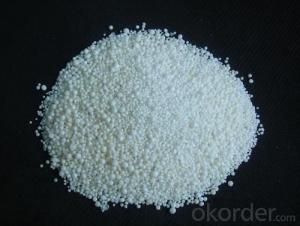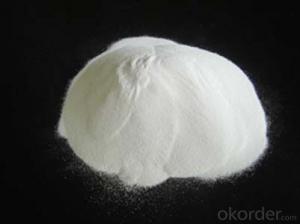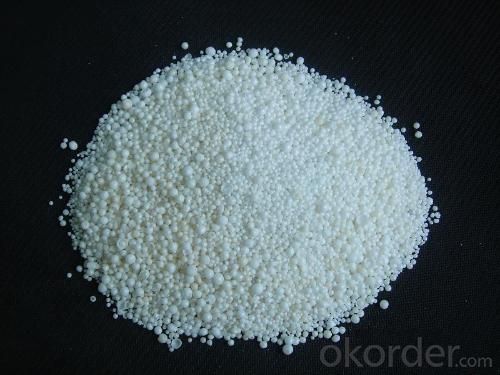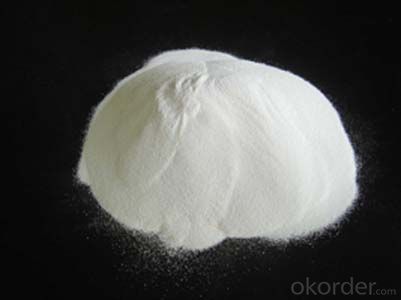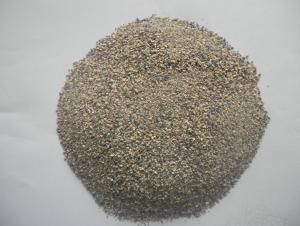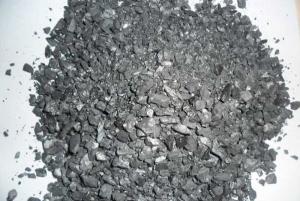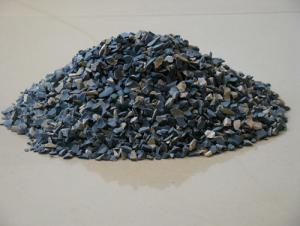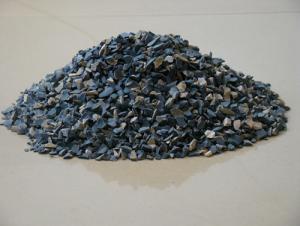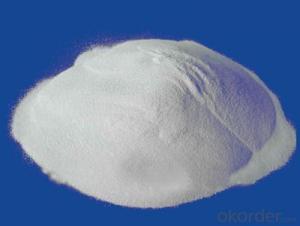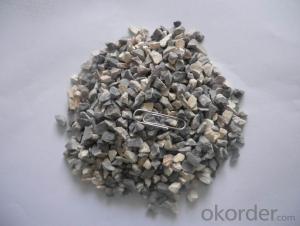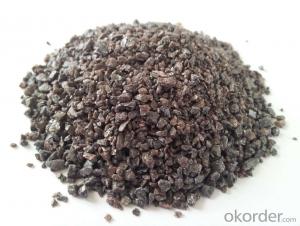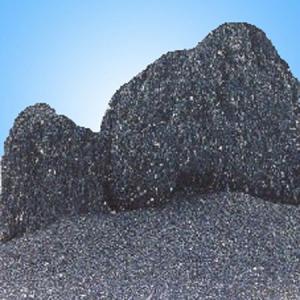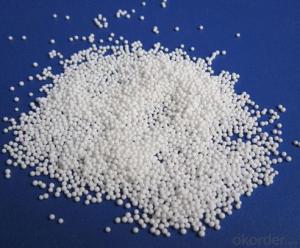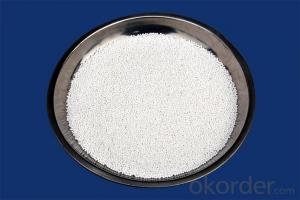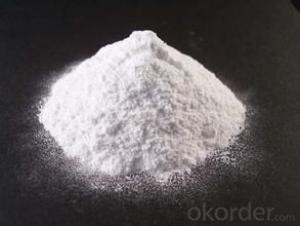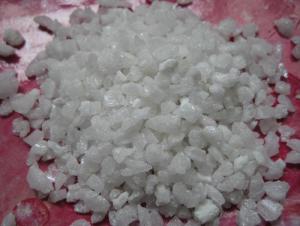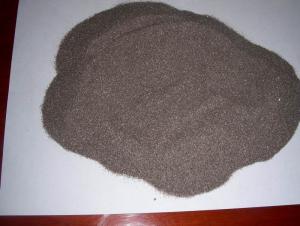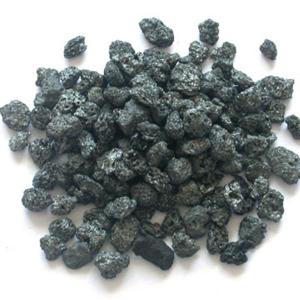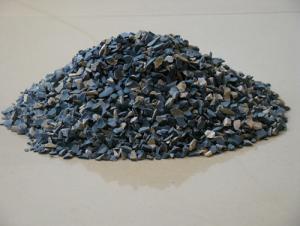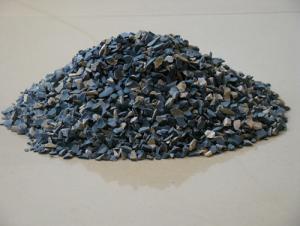High Purity Aluminum Oxide/Aluminium Oxide Raw Materials for Refractory
- Loading Port:
- Tianjin
- Payment Terms:
- TT OR LC
- Min Order Qty:
- 25 m.t.
- Supply Capability:
- 30000 m.t./month
OKorder Service Pledge
OKorder Financial Service
You Might Also Like
High Purity Aluminum Oxide/Aluminium Oxide
It is a kind of aluminate cement wrought material based upon calcium aluminate, it is called Aluminate cement when it has been finegrinded to hydraulicity cementing material, its code is CA. When the cement has a grinded Al2O3 content of above 68%, it can be added with appropriate amount of α-Al2O3 powder as requirement.
Application:
It can be used to formulate unshape refractory material; expansive cement, self-stressing cement, addition material of chemical construction material and projects with special requirements.
aluminum oxide property:
It has higher hardness and slight lower toughness comparing with brown fused alumina. It is also characterized by its high purity, ability of self-sharpening, better cutting, less heat emit, higher efficiency, acid and alkali resistance, good thermal stability. As the abrasive materials, it is suitable for grinding high-speed, high carbon steel, as loose grains, it widely used for bonded and coated abrasives , polishing, precision casting and so on .
white fused alumina grits&powder chemical composition
aluminum oxide property:
Soluble in water white solid. Odourless. Tasteless. Qualitative very hard. Easy absorption of moisture and not ChaoXie. Both sexes oxide, soluble in inorganic acid and alkaline solution, almost insoluble in water and the polar organic solvents. The relative density (d204) 4.0. Melting point about 2000 °C.
The physical and chemical analysis:
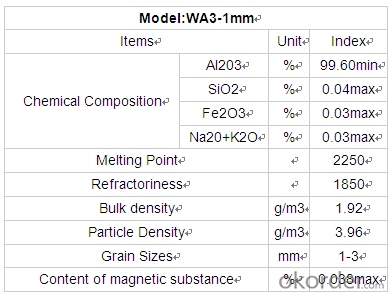
Main standard:
Alumina(industry grade) made by slkali-lime sintered,It is white powdered crystal with low assay of Ti, Mn, Zn, Cu, V, Zr, Cr, Li, Pb, B, P, etc.It is used in the production of fused salt eletrorefining aluminium, corundum eramics, refractories and other alumina chemical products.
Product Pictures:
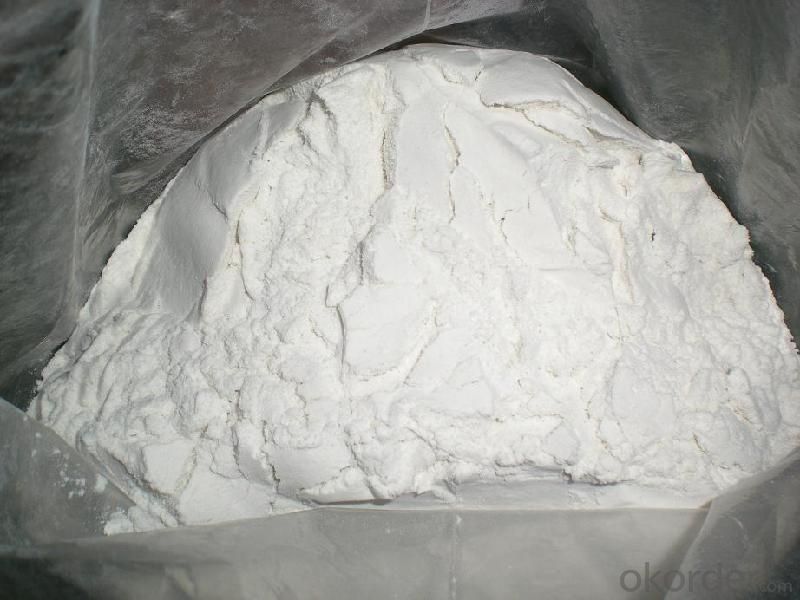
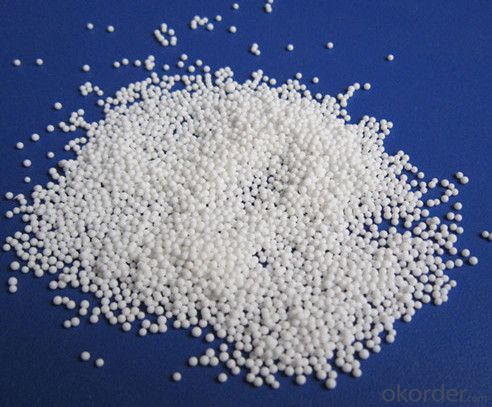
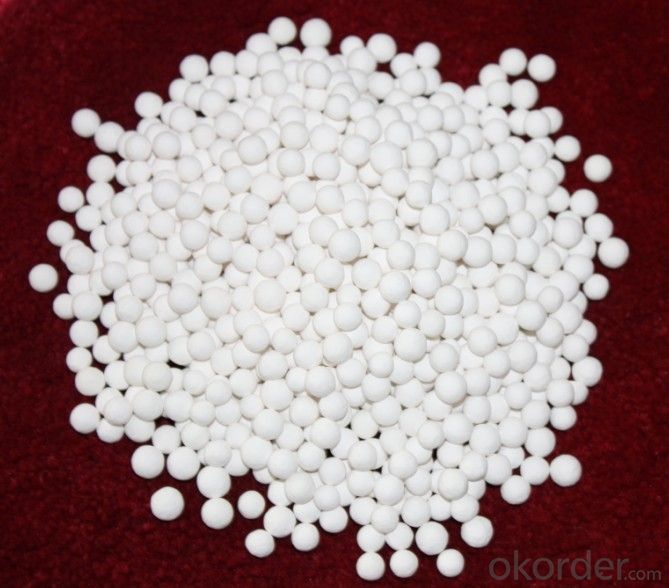
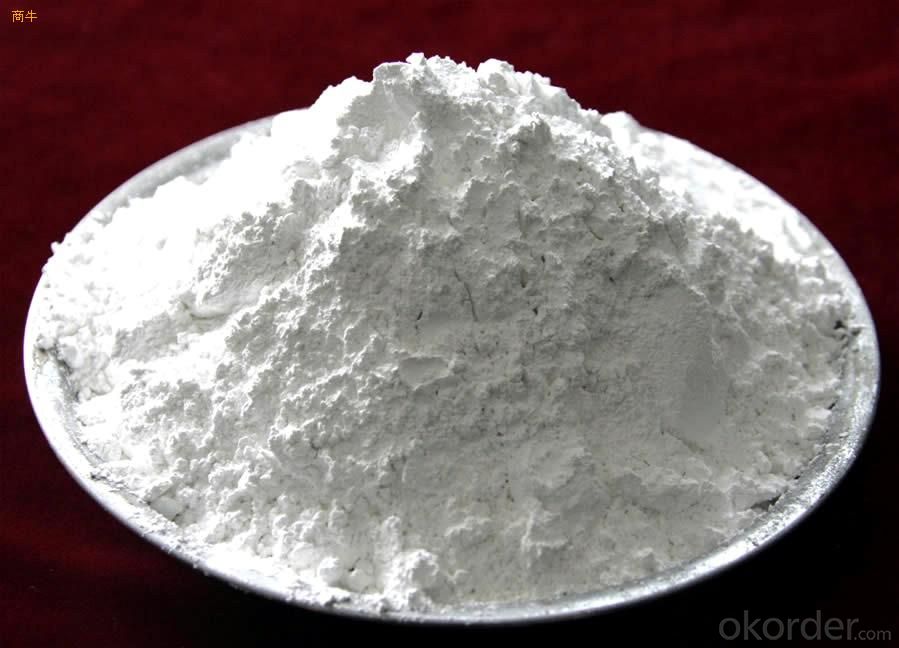
If you’ve any enquiry please don’t hesitate to contact us!
- Q: Ask some questions about refractories
- The main chemical composition of Al2O3 = 75%, Al2O3 = 89%Bulk density g/M3 2.9 3.15Reheating linear change rate 1450 C -0.10 +0.01Apparent porosity% 1917Compressive strength MPa 2228Flexural strength MPa 810Refractoriness 21002150 DEG C
- Q: What's the material of electrical fire prevention board?
- Industrial electrical fire prevention board is usually made of flame-retardant fiberboard, and its main purpose is for fire prevention and thermal insulation. Iron plate is electrically conductive with good thermal conductivity, which will cause the result that the equipment is not insulated and suffers larger superheating surface!!!! So the material uses the flame-retardant fiberboard. Hope my answer is helpful for you.
- Q: Detailed description of magnesia dolomite refractory material?
- The use of low chromium or chrome free refractories is more and more widely used, developed countries in the development of chrome free refractories to replace the chromium containing material, through research and production practice show that dolomite refractories is the refining of AOD furnace, large cement kiln ideal material.
- Q: What's the type of fire proofing thermal insulation materials?
- Hello! Fire proofing thermal insulation material can be classified as inorganic thermal insulation material and composite thermal insulation material. According to the form, it can be divided into fibrous veneer, mineral wool, rock wool, glass wool, aluminum silicate cotton, ceramic fiber, microporous diatomite, calcium silicate, expanded perlite, expanded vermiculite, aerated concrete, bubble foam glass, ash, glass, clay, foam concrete, and pasted paste powder polystyrene particles insulation pulp, etc. They are characterized by flame retardancy and fire proofing and thus can be used in buildings with high fire proofing class. Among them, calcium silicate, aluminum silicate and asbestos can also be used for the thermal insulation for heat supply pipelines.
- Q: what is the Specifications Grading for Fireproof rubber insulation materials ?
- At present, China Building Materials has two grading criteria for combustion performance. "Combustion Performance Classification Method of Building Materials" and "Combustion Performance Classification Method of Building Materials and Products" (GB8624-2006). Among them, one of the major changes of GB8624-2006 and GB8624-1997 is to divide the material combustion performance grading from homogenous material)Class A (composite sandwich material), B1, B2 and B3 level five minutes as A1, A2, B, C, D, E, F seven levels.
- Q: Who can tell me the properties and classification of insulating refractories?
- The refractory materials refers to the refractory material of high porosity, low volume density, low thermal conductivity of the insulating material. Also called lightweight refractories. It includes insulating refractory products, refractory fiber and refractory fiber products.The characteristics of insulating refractory material is of high porosity, generally 40% to 85%; the volume density is low, generally less than 1.5g/cm3; the thermal conductivity is low, generally less than 1.0W (M - K). It is used as the insulation material of industrial furnace, furnace can reduce heat loss, save energy, and reduce thermal insulation equipment weight. The mechanical strength of refractory material, abrasion resistance and slag resistance is poor, should not be used for load-bearing structure of furnace slag, furnace, and direct contact with the molten metal and other parts.
- Q: What needs to be paid attention to in the construction of high- temperature refractory mortar?
- In the construction of high-temperature refractory mortar, the following matters should be noted: 1. Take out the organic fire blocking material and knead it into tha shape of a ball. If the temperature is too low, the blocking material along with the package can be put into 40-70℃ warm water and heated before any other operation. 2. During the use of high-temperature daub masonry stove, the minimum mortar joint should be 0.5mm and general mortar joint should be 3-5mm, which can solve the processing and fine grinding of refractory brick on the brick grinder. Besides, it is conducive to the health of workers, and can reduce the masonry effort, ensure the quality and speed up the construction progress. 3. When making urgent repair on the stove, if the joint is much too large, 2-3mm refractory pieces can be appropriately added into the high- temperature refractory mortar, and stirred to fill the joint so as to shorten the repair time and ensure normal production. 4. High- temperature refractory mortar can be painted inside various furnace body, and it should be guaranteed that the surface of the furnace body has no dust or debris before painting. The holes should be cleaned up before plugging. Lay, embed, and fill the blocking material into the gap of holes evenly. For larger holes, flame screen can be used as the framework to increase strength.
- Q: Can the teflon material resist fire?
- Teflon material does not burn, but the heat resistance temperature of it is about 300℃.
- Q: What are the advantages of refractory material?
- Jingute WHL type, GDS type
Send your message to us
High Purity Aluminum Oxide/Aluminium Oxide Raw Materials for Refractory
- Loading Port:
- Tianjin
- Payment Terms:
- TT OR LC
- Min Order Qty:
- 25 m.t.
- Supply Capability:
- 30000 m.t./month
OKorder Service Pledge
OKorder Financial Service
Similar products
Hot products
Hot Searches
Related keywords
